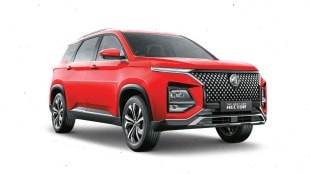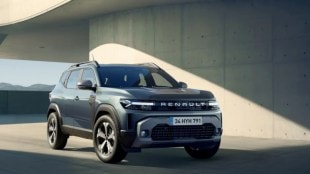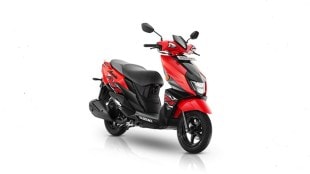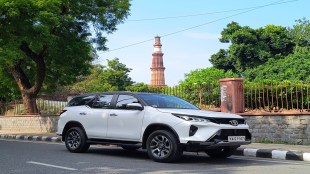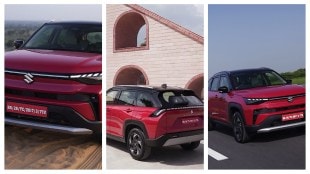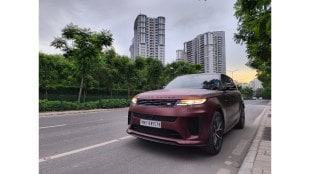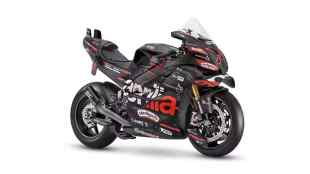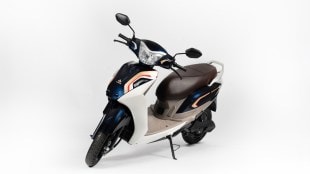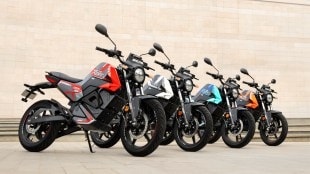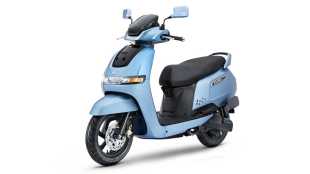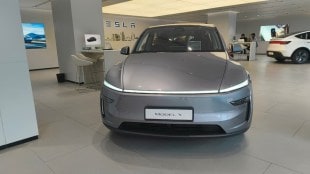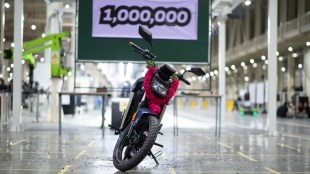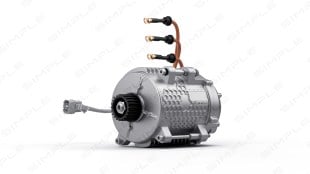
Just a few years ago commercial fleets only ran on fossil fuels. At 3.7% of total vehicle sales – that translates into millions of vehicles plying on roads and contributing to emissions. Unfortunately, there was no viable alternative. Hybrid and Electric Vehicles (EVs) were expensive and not very viable in terms of operational uptime – how and where would you charge these vehicles? What kind of range could one expect? Are they durable on Indian road conditions?
OEMs have been primarily focused on building EVs for the consumer market and cost is a key factor in a price-sensitive market like India. To stay competitive with other B2C players they use lighter materials to offset the high cost of the battery. This results in poor structural quality and cheap-looking vehicles that are not suitable for commercial fleets.
These factors – high cost, lack of charging infrastructure, low reliability – led companies to think twice about EV fleets and often to the abandonment of conversion plans. However, in recent times, the Indian government has accelerated its electric mobility agenda. Niti Ayog has fixed the deadline and outlined various incentives for EV adoption. In fact, there are plans that taxi aggregators will be mandated to have 40% of their fleets as EVs by 2026.
How do we make this intent a reality? It’s achievable by addressing the key issues plaguing the EV fleet adoption and creating form factors that are suitable for B2B applications
A smarter approach to fleet management
I believe the EV fleet adoption roadmap requires a multi-layer approach. We can start by upgrading the existing B2C vehicles, in the short term, for a B2B use-case. In the long run, we need to step away from the B2C EV issues and look at developing machines that are built for commercial fleets with better performance and reliability. That means developing completely new, business suitable form factors.
The battery is the most important aspect of EVs that drives cost and reliability concerns. Unlike internal combustion engine (ICE) vehicles, if smart battery management systems (BMS) are incorporated in EVs they can prove to be an invaluable source of data for the fleet operators – helping them make critical decisions about fleet health, maintenance needs, and optimal usage. Data collection at multiple points can help optimize maintenance needs and failure rates.
For example, structurally a Lithium-Ion battery is made up of multiple cells. Unless these cells are charged equally, the battery will not perform well. Not charging fully, charging between cycles, etc. can impact the battery life and degrade the asset faster. Smart BMS can help fleet managers get maximum miles in a battery’s lifetime.
A significant concern with EVs was the charging downtime and lack of charging infrastructure. For commercial fleets losing 4-5 hours in charging a vehicle would mean a significant loss of business. Therefore detachable, swappable batteries that could cut down the downtime to less than a minute are required. According to reports, battery swapping can help improve on-road time for drivers of commercial three-wheelers by 30% to 40%. This is a feature that’s already embedded in the EVs available in the market today.
However, to make swapping more practical, batteries must be compatible with different vehicle models and form factors. For example, the fleet operator should be able to use the same battery for all of its fleets regardless of the OEM that manufactured it and the form factor. Smart batteries should be able to identify the vehicle model and provide charge according to the motor. This interoperability is needed to make swapping stations more viable. We are working with OEMs and battery manufacturers to standardize batteries and enable interoperability.
Given the attention, electric mobility is attracting and the rapid advancements that are taking place in battery technology and vehicle design, the viability of electric fleets look promising.
The times – they are a-changin’
Fleet operators must pause…and think. Amidst concerns around emissions, rising costs of fossil fuels, and government policies, do ICE fleets make business sense anymore?
The initial cost of an ICE vehicle may be lower (for now), but EVs are significantly more economical considering the total cost of ownership over the lifetime of an asset. Rising costs of fossil fuels significantly increase the cost of operations with a fossil fuel-driven fleet. Whereas the more you use an EV fleet the more you save.
Also read: 1000 km range with this electric car battery! Log9 Materials bets on aluminium fuel cells
How does that work? It’s a simple Capex vs. Opex comparison. While the battery may cost more when you first buy it, over the course of, for example three years, it’ll cost you less in electricity costs to charge the vehicle than it would to run the same number of kilometers on petrol or diesel. It will also offset the initial cost of the battery. Studies show that EVs are already economically viable if usage per day is between 100-200 km – an ideal scenario for commercial fleets. This scenario is even more appealing in an environment where fossil fuel prices are rising and battery technology advancements are driving EV costs lower.
Recognizing the potential and benefits of EV fleets; many corporates are willing to commit to this transition. For instance, companies such as Wipro, State Bank of India, and Shuttl have signed up for The Climate Group’s EV100 initiative and pledged the transition of their vehicle fleets to EVs by 2030.
The time to act is now!
However, EV adoption at scale still needs extensive investment and effort commitment. The plug-and-play approach of importing EVs is not suitable because of the unique characteristics of Indian climate and roads and the push back from the existing automotive industry. The way to go is indigenization and given the long product development lifecycles for EVs, the time to act is now. Government incentives for fleet adoption such as accelerated depreciation, lower financing costs, waivers of registration charges, commercial permit fees, and tax and toll collection will go a long way in paving the road for an electric future.
Author: Shreyas Shibulal, Founder and Director, Micelio – India’s first seed fund working in the field of clean mobility. The fund size is USD 18 million.
Disclaimer: The views and opinions expressed in this article are solely those of the original author. These views and opinions do not represent those of The Indian Express Group or its employees.

